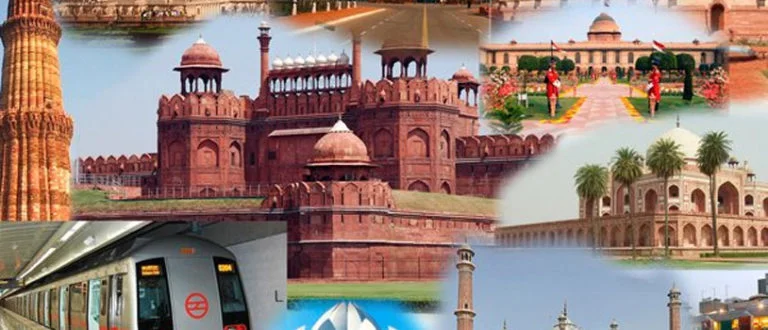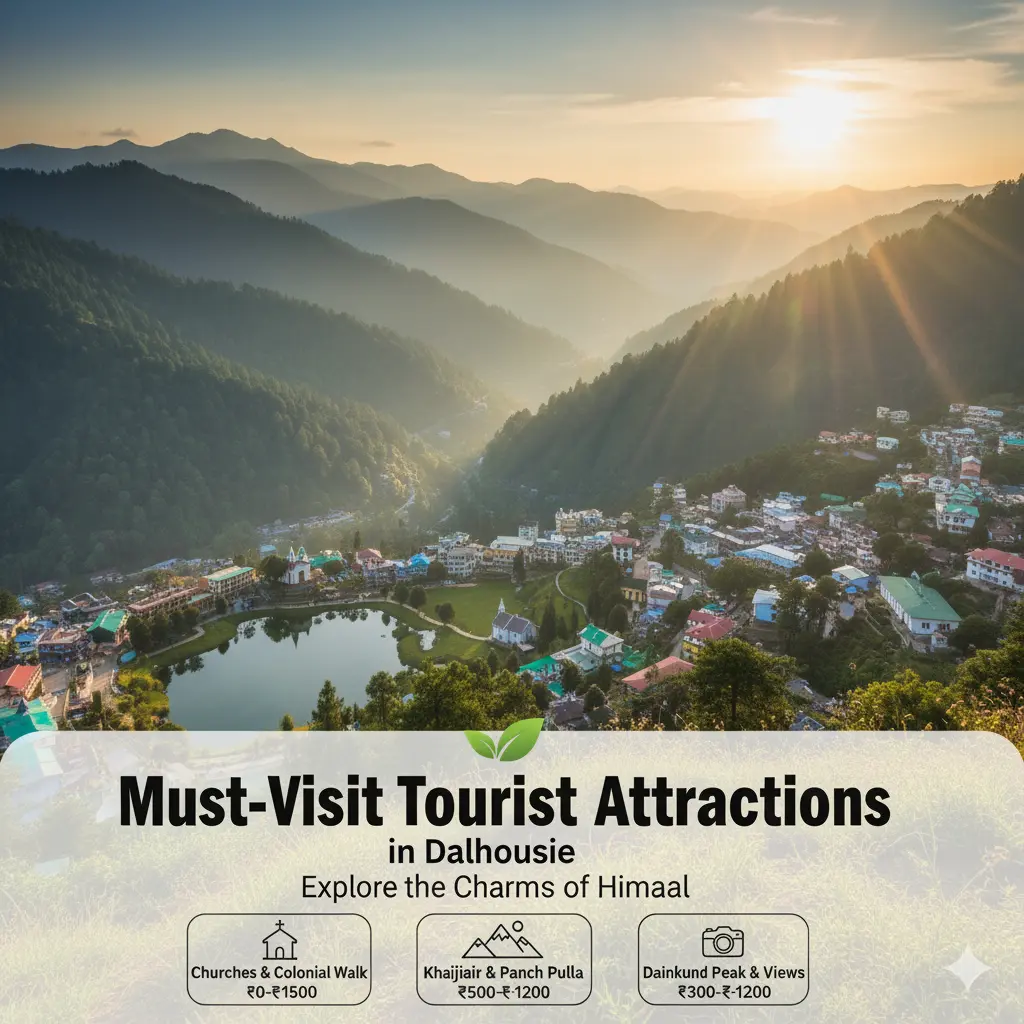Delhi, the capital of India, has rich history, full of fascinating mosques, forts, monuments with Mongolian heritage. The contrast between Old Delhi and its trekking and on the other hand the planned New Delhi is immense, and it is interesting to spend time exploring both parts of the city. If you feel the need to relax this New Year, just have a look at Delhi sightseeing tour to maximize the entertainment and joy of the New Year Eve:
Chandni Chowk
It is the main avenue of the old walled city of Delhi and since its foundation in the 17th-century silo has been the epicenter of commercial activity. Formerly it was a market building but little by little it was extended by the streets of around and today it is a labyrinthine bazaar where you can find the most varied objects. Chandni Chowk is at the top among famous Delhi tourist places. It is open every day, and apart from the shops there are plenty of street stands where Indians and foreigners spend hours haggling and talking, the avenue ends at Red Fort.
Connaught Place
It is the heart of the new city; it is a huge plaza with a nice central park from which seven avenues and as many concentric rings that go away in all directions. It is surrounded by modern buildings where the big international fashion brands are visited by hundreds of young people eager to know the latest trends, a contrast to the old walled city. Here you will find the main Tourist Office.
Lal Qila (Red Fort)
It spanned the entire ancient city and was built by the emperor Sha Jahan in the 17th century during the time of maximum splendor of the Mongol Empire although over time its buildings mix Persian, European and Indian styles. It is made with sandstone which gives it its characteristic reddish tone and was a fortress almost impregnable with high walls surrounded by a pit of 10 meters of depth crossed by several bridges of stone. Today it is a symbol of independence for the country and the place chosen by politicians to give their most important speeches. Red fort is one of the best places to visit in Delhi.
It is composed of several buildings:
• Lahore Gate is the main entrance of the fort after crossing the moat and is named because it is oriented towards this Pakistani city that formerly belonged to India.
• Chatta Chowk is a covered gallery where formerly was the bazaar to which the royal family came to acquire their valuable products.
• Naubat Khana, best known as the home of the drum was where the musicians played their instruments for the emperor.
• Museum, keeps souvenirs commemorating the war in India, the entry has an additional cost of 2 INR.
• Diwan-i-Am was the hall of public hearings where the emperor attended the petitions of the citizens, was painted with gold and decorated with marble and precious stones that were sacked during independence.
• Rang Mahal was the palace where the Emperor’s wife resided and was beautifully decorated with multi-colored murals from which unfortunately today there are no remains.
• Khas Mahal was the private palace where the emperor lived and consists of several units that performed various functions.
• Diwan-i-Khas was the courtroom where the emperor had his private meetings sitting on the famous and coveted Throne of Paon, an authentic jewel of gold and precious stones that the Shah of Persia, Nadir Sha, took Iran to loot the city along with all the treasures and thousands of slaves. The room was beautifully decorated with paintings of floral motifs.
• Moti Masjid is a white marble mosque with three domes next to the baths for the personal use of Aurangzeb, is slightly inclined and facing Mecca.
• Royal Baths, consist of three rooms crowned by domes with stained glass windows that illuminate a beautiful hamman.
• Shahi Burj is a three-story octagonal tower used by Emperor Sha Jahan as a workplace.
Jama Masjid
It was built by the Mongol emperor Sha Jahan in 1644 and is the most significant mosque in India with a capacity of 25,000 worshipers. It is made of sandstone and white marble and has three doors, four towers and two minarets of 40 meters of height to one of which you can climb although the women have to go always accompanied by a man. It is located in front of the Muslim market and after a small staircase is accessed the large central courtyard where the rest of the premises are distributed. To enter it is compulsory to take off and women should cover their shoulders and legs.
RajGhat
The black granite platform that marks the place where Gandhi was cremated is in an ample green space, enjoyable, where it is a pleasure to walk. A place to oxygenate and breathe some air, more or less pure, after the chaos of Chandni Chowk. Nearby is also the Gandhi National Museum, with objects belonging to the Mahatma. If you want to enjoy Delhi tourist places by private vehicle, hire Sehghal Transport for quality and luxurious services at affordable prices.














